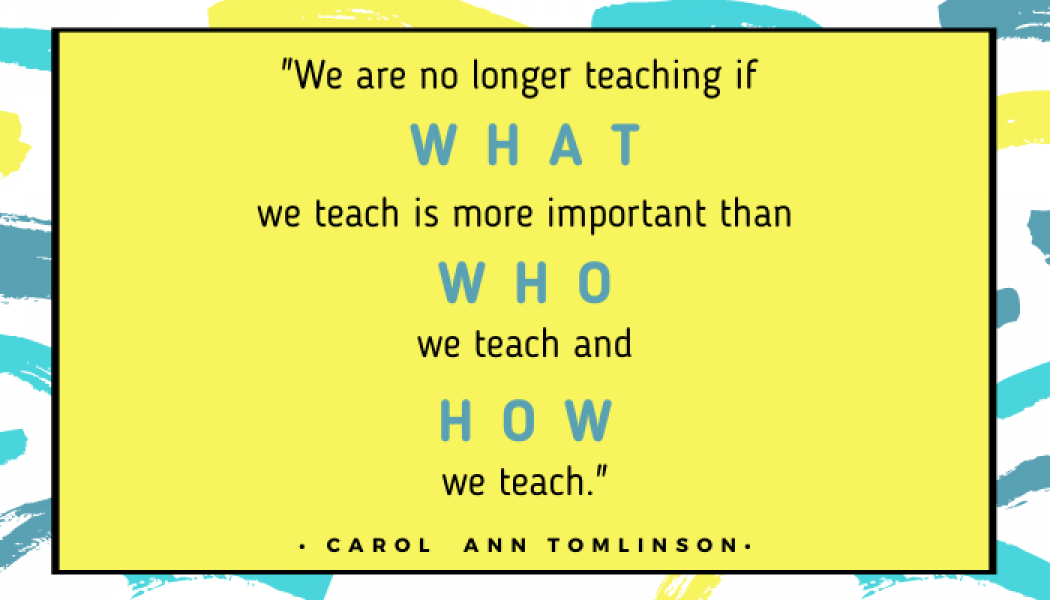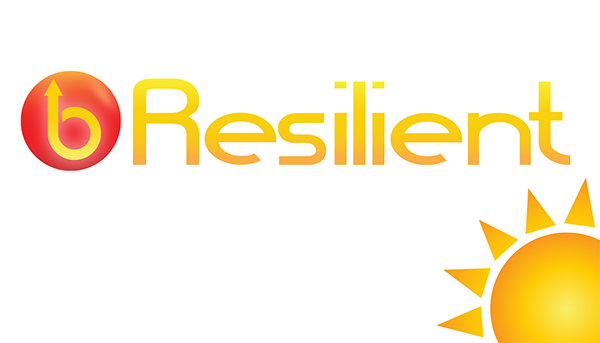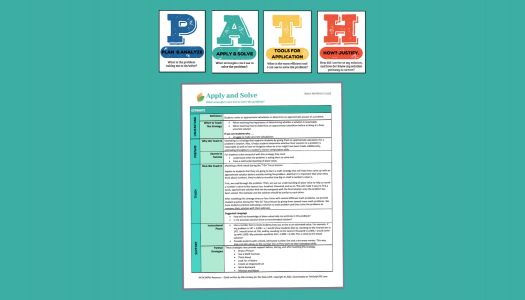
Gail Boushey
“Good morning, Tara.”
“Good morning, Mrs. Boushey.”
“What are you reading today?”
“Diary of a Wimpy Kid.”
“Wow! Again? You really like these books by Jeff Kinney, don’t you?”
“Yes! I love them! They are so funny!”
“Ah, they are funny!”
“Yes, and there are some pictures that are funny too.”
This is how the conference with Tara began. I sat next to her to discuss her goal and strategy and realized that she was, once again, reading a Diary of a Wimpy Kid book. She has been through the series, probably more than once, and her reading level indicates that she could be reading more difficult text.
So there I was, in the moment of a conference with Tara, and I had 30 seconds to make an instructional decision. Do I work to guide her to more difficult text? Or do I use the text she is reading and dive deeper with the unconstrained goals of comprehension and vocabulary?
Does this scenario sound familiar? Students who continue to choose books that are considered “too easy” or reread books they have read many times? It happens all the time. We want to provide our students an opportunity to choose the books they read, because we know it increases their engagement and motivation, yet we have a responsibility to take them deeper and help them grow as readers. So, what do you do?
I have been reading and listening and thinking about this more lately, and I believe it is about looking at it differently. For a long time we have focused on the difficulty of the text our students are reading. Instead, maybe more than the level of book they are reading, the shifts and changes we make to our instruction are what will help our students grow.
With Tara, I did three things:
- I recognized her for all she has accomplished as a reader. She found a series she enjoys and has read it voraciously.
- I used her familiarity with the series to engage in a deeper conversation. Because she didn’t have to expend energy decoding text or understanding the basics, we were able to dive deeper in the goal of comprehension with the strategies of compare and contrast and cause-and-effect relationships.
- I made an effort in the following days to introduce similar books Tara might find enjoyable—leaving a bread-crumb trail of offerings she might choose to sample on her own.
We know choice drives motivation and engagement, so our in-the-moment instructional decisions must not remove choice. Instead we must ask questions, think like the author, and teach students how to go deep in any text they choose.
News From The Daily CAFE
Estimate—Ready Reference Guide (PATH)
Recognize Literary Elements: Kid Teacher









